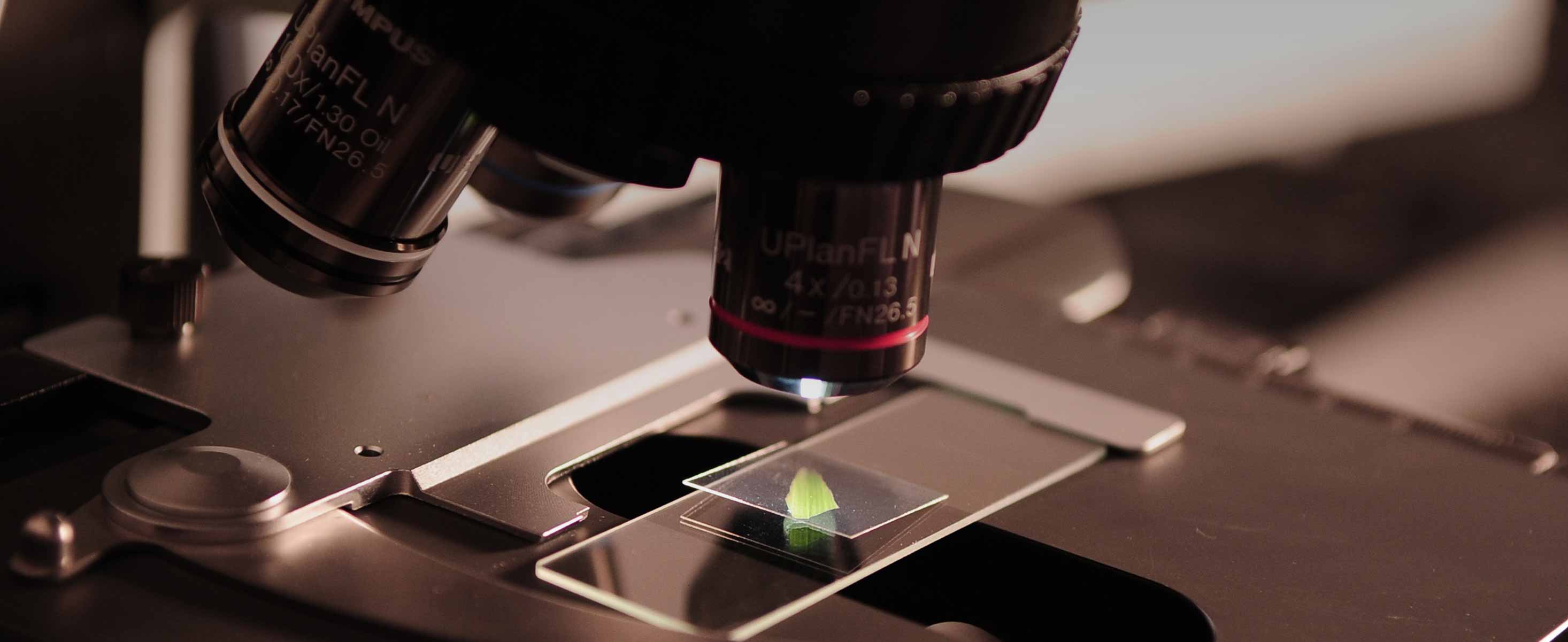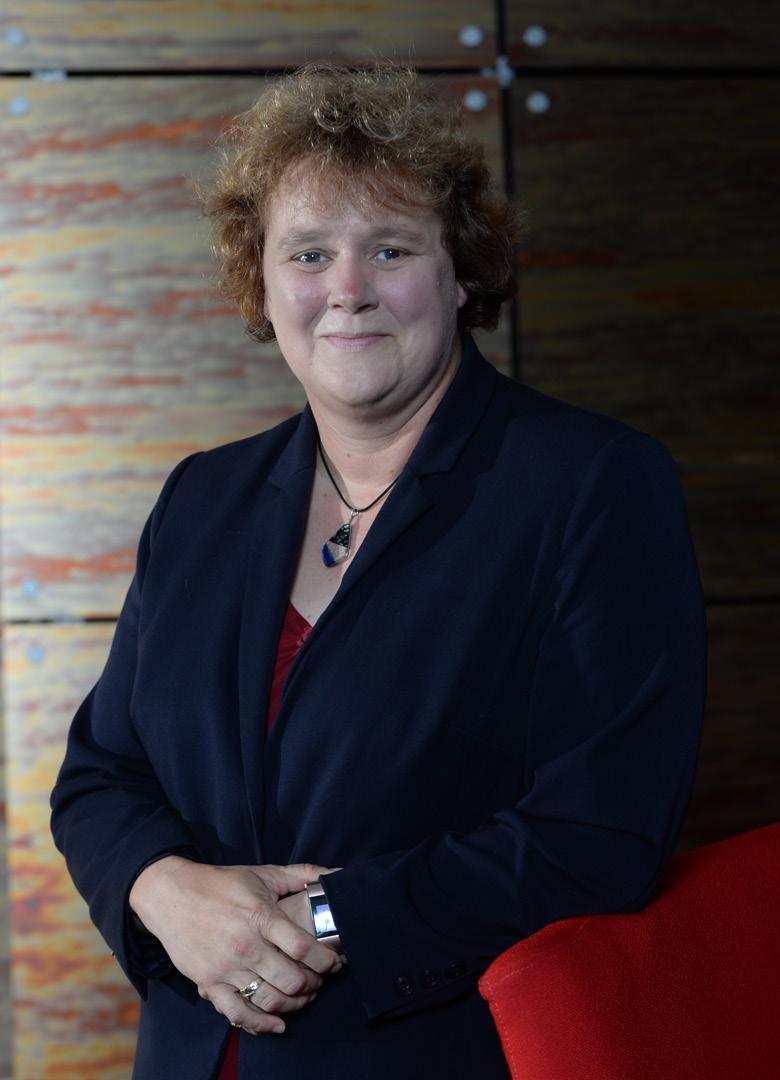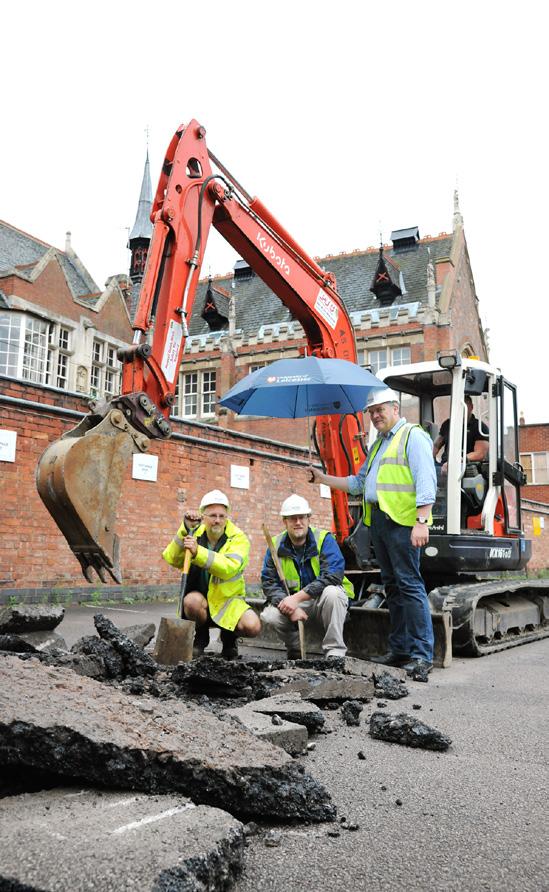
4 minute read
Meet the Exec
from Aston in Touch 2018
by Aston Alumni

Professor Sarah Hainsworth
Aston in Touch:What attracted you to working at Aston University?
Advertisement
Sarah Hainsworth: Aston is a really exciting university, I like the fact that it has opportunities to link to business and industry. My undergraduate degree was in Materials so my background fitted well with the profile of the School in terms of things like the materials research [the Aston Institute of Materials Research was launched in 2016] but also Chemical Engineering, Mechanical Engineering and Design, Electrical, Electronical and Power Engineering, and then the Computing and Maths areas. I also liked the fact that the School has a group that was really strong in terms of Engineering Systems Management, looking at how you can apply leadership and management skills to Engineers.
AiT: Can you please tell us a bit about how you got interested in forensic science - particularly your work looking at marks on bones made by different weapons?
SH: When we got our first microscope at the University of Leicester there was a press release in the University’s internal communications and a colleague from forensic pathology rang me up and asked if I would look at some bones with him. He brought those bones up - they happened to be from a dismemberment case - and I asked the questions that you ask when you start working in somebody else’s discipline. Some of the questions are to gain a better understanding of what you are trying to do, but some you find colleagues don’t know the answer to because there hasn’t been the research into those areas. We went from looking at bones from a particular case to working on a project looking at what leads to certain marks on bone and whether or not we can clearly identify the implements that did them.

Separately, I was interested in Surface Engineering, particularly looking at the sharpness of knife edges that were from kitchen knives that had been coated with either titanium nitride or tungsten carbidecobalt. I was asked if I could look at a knife that had been used in a stabbing incident to find out whether or not it was sharp. I was able to apply my work in Surface Engineering to that case. Then my colleague in Forensic Pathology was asked what was known about the forces involved in stabbing, and where there were gaps in our understanding we started working together again, trying to fill those gaps with scientific research.
AiT: How did you feel when you were working on Richard III’s skeleton?
SH: When we first started working on the bones they hadn’t been confirmed as Richard III, so at the time, we were looking at a skull with weapon marks from the injuries that had led to the death of the individual. I think, for me, the day where I realised the impact and significance of what we had been doing was when the University arranged the press conference to announce that it was in fact the skeleton of Richard III. When I did history at school it was very much dates and events and battles and a lot of it was just remembering facts. The thing that really excited me about the Richard III project was that it was a historical whodunnit and I found that really interesting.

AiT: You are also involved in testing new materials for potential use in the car industry. What appeals to you about this kind of research?
SH: We’ve done a lot of work on using coatings in traditional components in automotive engines to try to reduce the friction of wear that you have on them. When you use new materials the consequence of that friction on any particular car might be quite small, but then you multiply the effects over the fleet as a whole and it’s incredibly significant, allowing you to get lower emissions; to save carbon monoxide; to save the greenhouse gasses building up. It’s always exciting when you can implement a new technique or a different application which can have significant benefits.
AiT: The Engineering School has an Athena SWAN Silver Award and is active in promoting Engineering as a career path for women. What needs to be done to encourage more women into this sector?
SH: This is incredibly timely because 2018 is the Year of Engineering. At the moment the Royal Academy of Engineering are doing a campaign [This is Engineering] which tries to present the profession in a new light - showing it’s not all hard hats and dirty jobs. They want to show that Engineering is a modern profession with applications across a whole range of areas. For me, one of the things that the ATHENA Swan Silver Award [given to the Engineering Department in 2014] shows is that the School has made great steps in terms of creating a culture that is welcoming to people from a diverse range of backgrounds, and Aston is particularly strong in having a number of women academics in leading roles in the School. That’s great because there should be no barriers to anyone coming into this exciting profession.

Digging up Richard. © University of Leicester.
Exec Insight
Professor Sarah Hainsworth is the first female Executive Dean of the School of Engineering & Applied Science at Aston University, and she is also a Pro-Vice-Chancellor at Aston. Before joining us, she was at the University of Leicester for almost 20 years, where latterly she was Professor of Materials and Forensic Engineering and also Head of Engineering. Among her many accolades is the Andrew H. Payne Jr. Special Achievement Award 2015 from the American Academy of Forensic Sciences Engineering Sciences Section in recognition of exemplary contributions in advancing Forensic Engineering Sciences.



